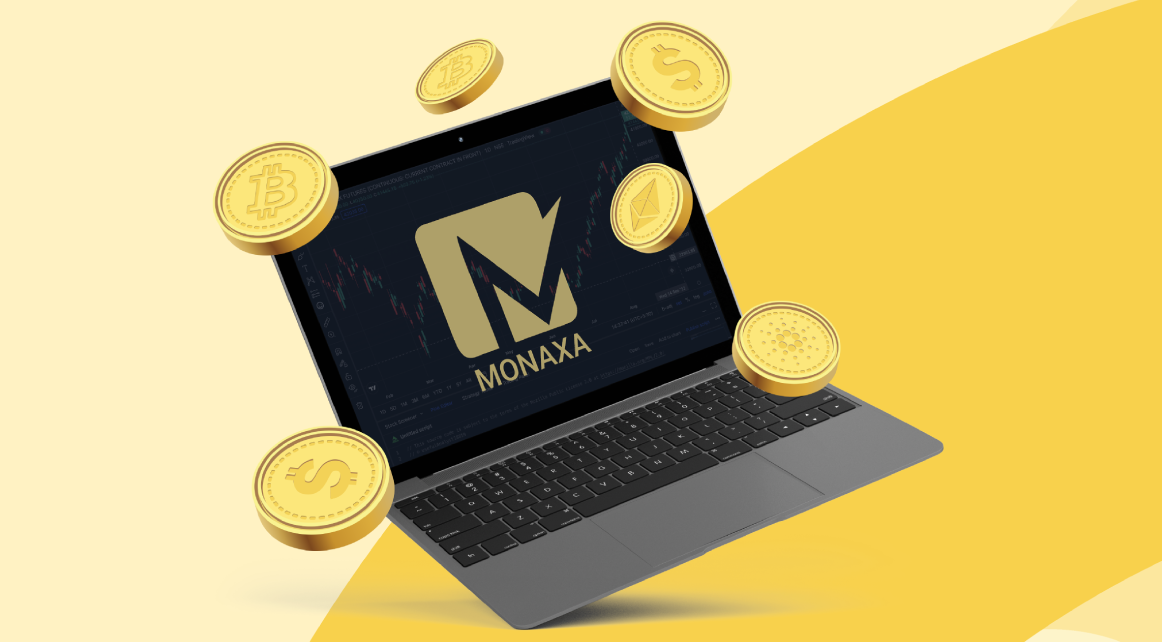Understanding abuse from the brokers side
You often hear about brokers abusing their clients, but what about the reverse scenario?
Traders can also engage in practices that unfairly exploit brokers or violate the terms of service.
Exploiting Arbitrage
Latency arbitrage: Using high-speed connections to exploit tiny price discrepancies before the broker can update their quotes.
Bonus abuse: Opening multiple accounts to repeatedly claim welcome bonuses without genuine trading intent.
Manipulative Trading Practices
Spoofing: Placing large orders with no intention of executing them to manipulate market prices.
Layering: A form of spoofing involving multiple orders at different price levels.
Wash trading: Buying and selling the same financial instrument simultaneously to create artificial market activity.
Expert Advisor (EA) Abuse
Overloading servers: Running EAs that place an excessive number of orders, straining the broker’s infrastructure.
Exploiting pricing errors: Creating EAs designed to quickly capitalize on broker pricing mistakes.
Abusing Risk-Free Practices
Hedging abuse: opening opposing positions with other brokers using bonus credits, leverage differences and spread to manipulate account metrics.
Payment Fraud
Chargeback abuse: Making deposits, trading, then requesting chargebacks from the payment provider.
Money laundering: Using trading accounts to move or obscure the source of illicit funds.
Getting kickbacks from Payment service providers for their network’s deposits and withdrawals. Driving up the fees the broker pays for the service.
Terms of Service Violations
Account sharing: Allowing unauthorized users to access and trade on one’s account.
Using VPNs to bypass geographic restrictions: Accessing services in prohibited regions.
API Abuse
Excessive requests: Overwhelming the broker’s API with more requests than allowed.
Data scraping: Using the API to collect large amounts of data for unauthorized purposes.
Consequences of Trader Abuse
- Closing trader accounts
- Withholding profits derived from abusive practices
- Imposing trading restrictions
- Taking legal action in severe cases
The Grey Area
It’s important to note that the line between skilled trading and abuse can sometimes be blurry. What one broker might consider abusive, another might view as aggressive but acceptable trading.
Maintaining a Fair Trading Environment
Both traders and brokers have a responsibility to maintain a fair and ethical trading environment. Traders should thoroughly read and adhere to the broker’s terms of service. Engage in trading practices that align with market integrity. Communicate openly with brokers about any concerns or unusual strategies
Remember, a healthy trading ecosystem relies on mutual respect and fair practices from both brokers and traders.











